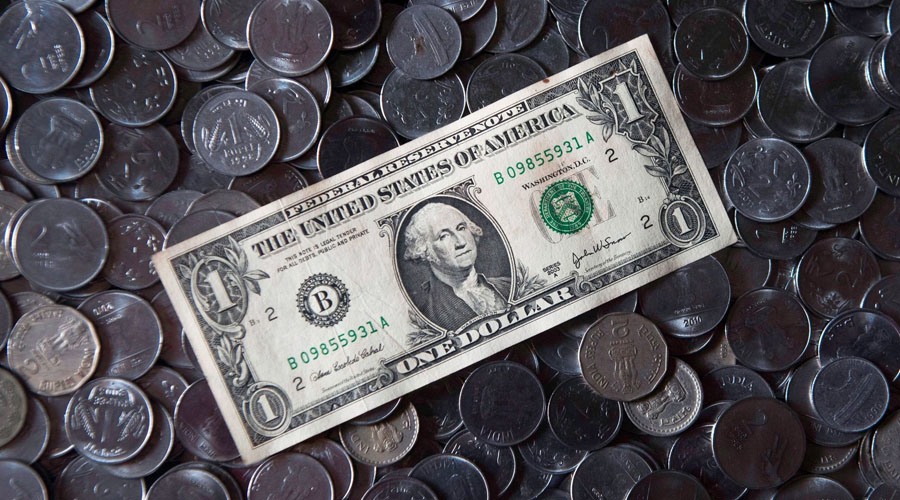India has been one of the strongest economies in the world since centuries; even in the ancient times India used to be known as “सोने की चिड़िया” overseas. Though at the time independence i.e., on 15th August 1947 the exchange rate between Indian rupee and US Dollar was equal to one (i.e., I US Dollar = 1 Indian Rupee). As there was no outside borrowing/ loans on the balance sheet of India.
Indian Rupee Devaluation against $ Dollar, 1947 – till date. Since India was under British rule rupee was pegged to pounds. From 1927 to 1966, it was 13 rupees = 1 pound. This was maintained until 1966, when the rupee was devalued and pegged to the U.S. dollar at a rate of 7.5 rupees = 1 dollar.
Watch out the journey of the freefall in Indian rupee here – https://www.youtube.com/watch?v=hLqy_fHs5Fo
Since July last year, the Indian rupee has fallen by more than 27% against the US dollar, one of the biggest declines among Asian currencies. One needs to understand the economics behind this devaluation. There are 6 reasons mentioned below, you must know about the downfall of Indian Rupee.
- Substantial trade deficit
India imports more than what it exports and it a result into a wide and very big imbalance in the trading which is widely known as the trade deficit. As per the trusted sources, in the financial year ending March 2012, the deficit whooshed to $185bn (£118bn) compared with the original estimate of $160bn.
- Lower Capital Inflows
Since last few years, Indian has been one of the favourable places for money to pump in from foreign investors; moreover the non resident Indians also remit money in India but it is not that in larger proportion to compensate the trade deficit. In 2011-12, India received foreign direct investment of more than $30bn, in addition to a net inflow of $18bn from foreign institutional investors in stocks and bonds. Moreover, apathy of Indian government to economic reforms, retrospective taxation policies, etc has forced foreigners either to postpone the investments or take the money out of Indian stock markets.
- High current account deficit
High current account deficit has been one of the major factors which have triggered devaluation of the Indian rupee; in 2011-12, this deficit was more than $74bn, a huge jump from less than $46bn a year ago. In 2012-13, it may be even higher at $77bn.
- Pressure of devaluation
One of the veiled, psychological yet deadliest factors of downfall in Indian rupee. In this uncertain times, most of the people who directly or indirectly deals with Forex, tend to sell rupee and buy USD or any other powerful other currencies. And irony is that, importers spend more and more dollars for their necessities and exporters are unable to bring in more dollars; sometimes they tend to keep their dollars outside as they foresee more downfalls in rupee. This demand-supply gap leads to more devaluation of Indian rupee.
- Lower Growth & higher inflation
After annual economic growth of nearly 9% in 2009-10 and 2010-11, the country is likely to grow at 6.5% in 2011-12.The expectations for 2012-13 are not too encouraging. Couple this with high inflation due to high food and fuel prices. The rate of inflation may rise this year to double digits if the government is unable to curb its fiscal deficit. In this scenario, most foreigners as well as Indians tend to take money abroad, or keep it away from India.
- Rupee conjecture
The Reserve Bank of India’s bid to sell dollars in the open market to restrict the rupee slide has failed in the past few weeks and months. This has complicated the situation further.
Once currency traders and speculators realise that India’s central bank is unable to manage its exchange rate, and reduce the adverse impact on its currency, they may enter the market in a big way to sell the rupee.
As a result, the rupee may devalue more than it should.
Source: https://www.bbc.com/news/business-18201936


